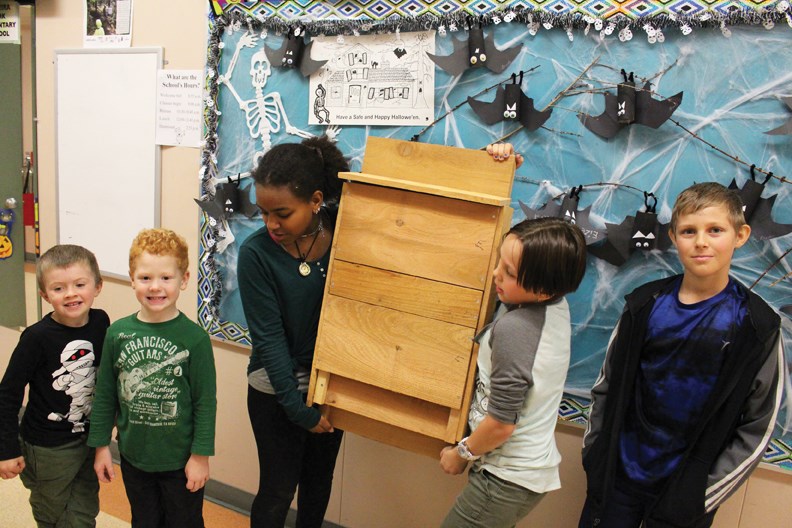This winter could represent a turning point for B.C. bats. The recent discovery of white nose syndrome on the West Coast for the first time could mean catastrophe for our bat populations. This devastating fungal disease has already been implicated in the deaths of millions of bats in eastern Canada, causing close to 100 per cent mortality in some species. Catastrophe for bats could mean disaster for our economy. As the primary predators of night-flying insects, bats play a vital role in control of agricultural and forest pests. If bats disappear, insect populations could explode, causing significant harm to crops, trees and whole ecosystems.
The Sunshine Coast Wildlife Project is asking for help from the community to track the spread of white nose syndrome. If you find a dead bat, please report it to the Wildlife Project as soon as possible by contacting [email protected] or 604-989-1007. Bat carcasses will be picked up and submitted for testing. Do not touch a dead bat with bare hands.
Currently there are no treatments for white nose syndrome. However, mitigating other threats and preserving and restoring bat habitat may provide bat populations with the resilience to rebound. As a member of the B.C. Community Bat Programs, the Sunshine Coast Wildlife Project is working with the B.C. government and other community organizations and biologists across the province to monitor bat activity and to conserve and enhance bat habitat. For more information, see www.coastwildlife.ca or www.facebook.com/coastwildlife
– Submitted



